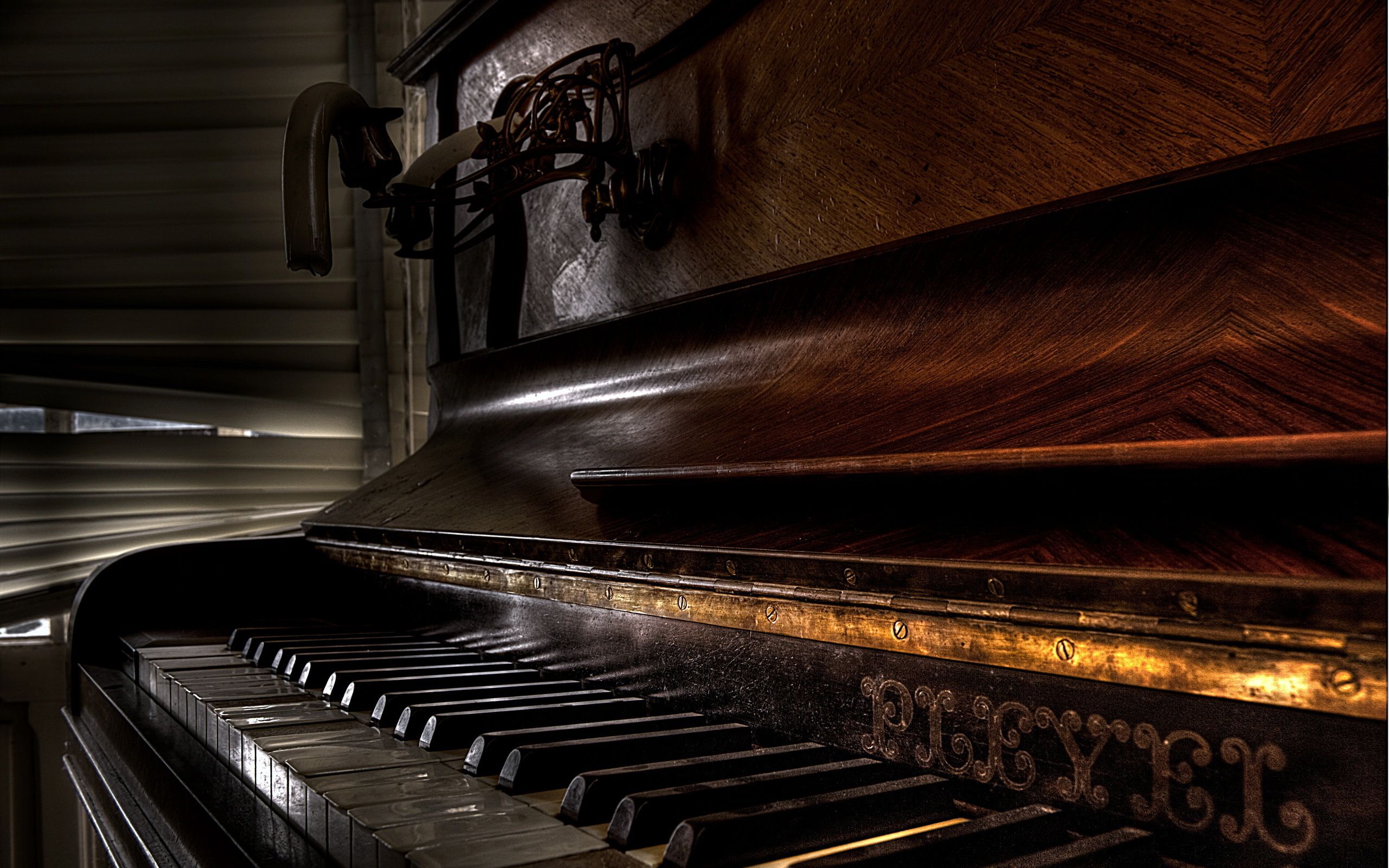Throughout the history of music, numerous instruments have captivated audiences with their melodious sounds and unique qualities. Among these extraordinary inventions stands the magnificent piano, an instrument that has mesmerized generations of musicians and listeners alike. In this blog post, we embark on a journey through time to explore the fascinating story behind the invention of the piano and its evolution into the beloved instrument we know today. To fully appreciate the piano's creation, we must first travel back to the Baroque period. During this time, the harpsichord reigned supreme as the primary keyboard instrument. With its plucked strings and limited dynamic range, the harpsichord produced a beautiful but mechanically uniform sound. Yet, musicians yearned for an instrument capable of expressing a wide range of emotions with greater nuance.
The piano is a keyboard instrument that has a long and rich history of innovation and evolution. It is widely regarded as the most popular and versatile musical instrument in existence, capable of producing a wide range of sounds and expressions. The piano's invention is attributed to Bartolomeo Cristofori (1655-1731), an Italian harpsichord maker who devised a new mechanism that allowed the player to control the volume and dynamics of the sound by varying the force of the key strike . He called his invention "gravicembalo col piano e forte", or "harpsichord with soft and loud" .
